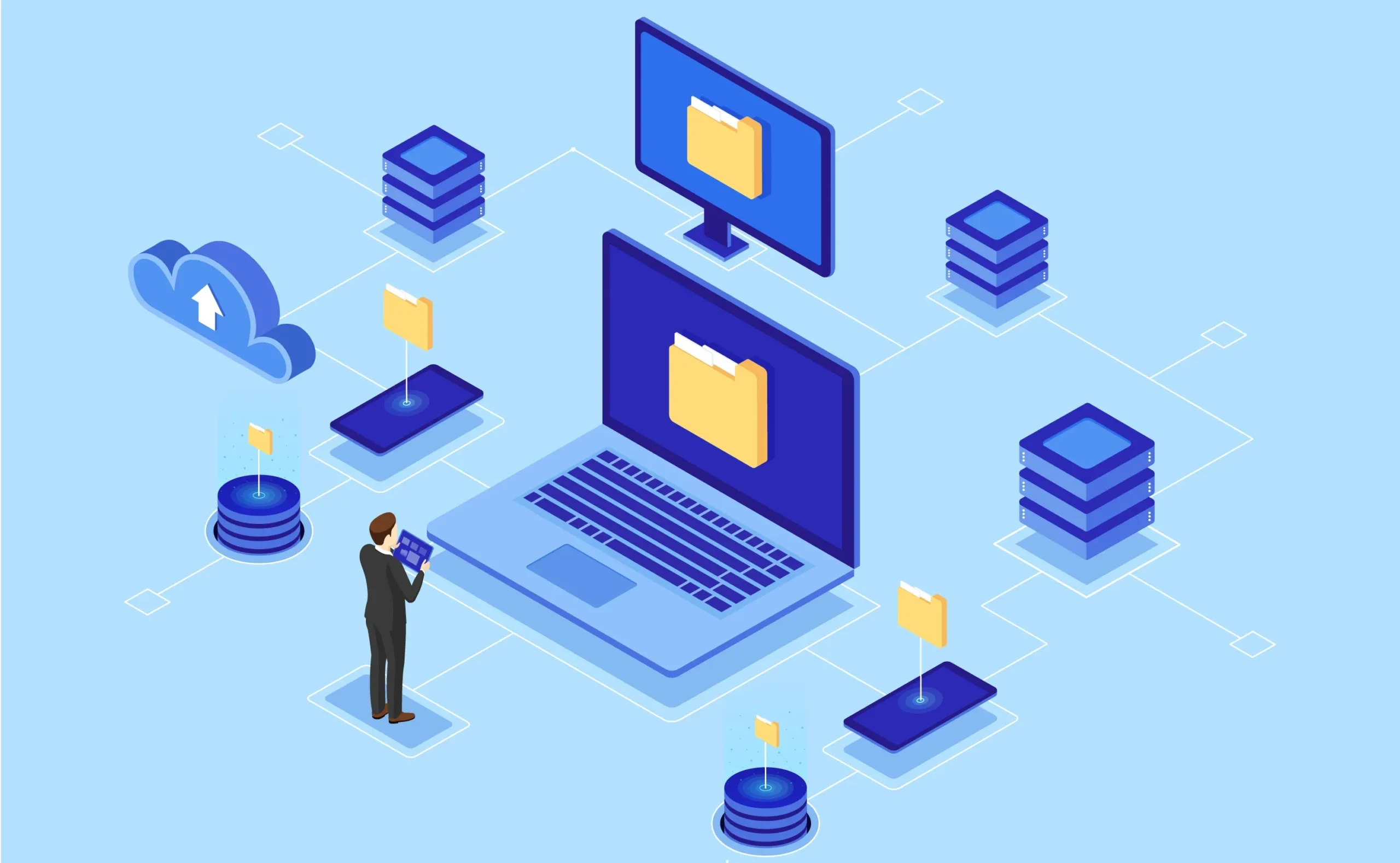Maximizing Manufacturing Potential with Enterprise Application Integration
Author: Inza Khan
05 September, 2024
Enterprise Application Integration (EAI) is a transformative technology that plays an important role in the manufacturing sector. By facilitating seamless data exchange and integration across various business applications, EAI enhances operational efficiency, reduces costs, and improves decision-making.
This blog explores why EAI is indispensable in manufacturing, highlighting its benefits, challenges, and strategic importance.

Understanding Enterprise Application Integration (EAI)
Enterprise Application Integration involves connecting an organization’s diverse business applications, databases, and systems within a unified framework. This integration facilitates seamless data exchange and communication across platforms, enhancing operational efficiency and decision-making capabilities. In the manufacturing sector, EAI integrates systems such as supply chain management (SCM), customer relationship management (CRM), and enterprise resource planning (ERP), creating a cohesive operational ecosystem.
Core Components of EAI in Manufacturing
Middleware Framework
In manufacturing, EAI operates as a middleware framework that connects disparate systems such as supply chain management (SCM), enterprise resource planning (ERP), and manufacturing execution systems (MES). This middleware acts as a bridge, enabling these systems to communicate effectively without requiring significant alterations to existing applications or databases.
Data Exchange and Automation
EAI enables seamless data exchange between applications, automating critical manufacturing processes and workflows. For instance, when inventory levels change in the SCM system, EAI ensures that this information is automatically updated in the ERP system, maintaining data consistency and integrity across the organization.
Integration Technologies
Manufacturing relies on various EAI technologies such as message-oriented middleware (MOM), service-oriented architecture (SOA), enterprise service bus (ESB), and application programming interfaces (APIs). These technologies facilitate integration, allowing systems to work together without the need for extensive reprogramming.
Unified Interface
EAI provides a single interface for users to interact with integrated applications, services, and databases. This simplifies the user experience by eliminating the need to navigate multiple interfaces for different systems, crucial for operators and managers who need quick access to data.
Importance of EAI in Manufacturing
1. Improved Data Management
EAI ensures consistent and accurate data across all integrated systems, which is vital for eliminating data silos and discrepancies. By creating a centralized data repository, EAI provides a single source of truth that enhances data integrity and reliability. This unified view of data allows manufacturers to have complete visibility into their operations.
2. Simplified Process Alignment
EAI simplifies the alignment of processes by connecting disparate systems and applications, ensuring smooth data flow across departments. This integration eliminates bottlenecks and silos, enhancing organizational agility and responsiveness to market changes.
3. Enhanced Customer Experience
By integrating customer data from multiple touchpoints, such as CRM systems and social media platforms, EAI allows manufacturers to deliver personalized and consistent customer experiences. This leads to higher customer satisfaction, loyalty, and retention.
4. Increased Agility and Flexibility
EAI provides businesses with the agility to adapt quickly to market changes by enabling real-time data exchange. This flexibility allows manufacturers to respond swiftly to shifts in demand, supply chain disruptions, and other operational challenges.
5. Creation of New Opportunities
EAI enables organizations to identify and respond to new opportunities more rapidly. By integrating enterprise applications, companies can address market shifts, reputation management issues, and supply chain disruptions from a single interface, allowing for proactive strategy adjustments.
6. Improved Information Sharing
EAI enhances information sharing across an organization by providing a unified interface for accessing data from various systems. This interoperability between departments promotes collaboration and ensures that all stakeholders have access to the same information.
7. Reduced IT Complexity and Costs
By using a single integration platform, EAI reduces the need for multiple point-to-point connectors, thereby lowering IT complexity and associated costs. This streamlined approach simplifies system maintenance and operation, leading to long-term cost savings.
8. Automation of Business Processes
EAI facilitates the automation of complex business processes that involve multiple software applications. For example, integrating CRM data with email marketing platforms enables targeted campaigns and analytics, streamlining marketing efforts and improving resource allocation.
Challenges in Implementing EAI
While the benefits of EAI are substantial, its implementation can be challenging:
- Complexity of Integration: Integrating legacy systems with modern applications can be complex and resource-intensive.
- Security Concerns: As systems become more interconnected, ensuring data security and privacy becomes critical.
- Change Management: Implementing EAI often requires changes in business processes and employee roles, which can face resistance without proper change management strategies.
Conclusion
At Xorbix Technologies, we understand the complexities and challenges involved in implementing EAI solutions tailored to the unique needs of the manufacturing sector. With our extensive expertise and innovative approach, we offer comprehensive services that help integrate your systems seamlessly, optimize your operations, and keep you ahead in the competitive market. Whether you’re looking to streamline processes or improve data management, Xorbix is your trusted partner in achieving these goals and driving your business toward success.
Read more on related topics:




